Tubules
Nephrons consist of tubules (very narrow tubes) that take waste substances, including urea, away from the blood, but put the substances needed by the body back into the blood.

Think of a tuba (the brass wind instrument) as being like a tubule.
The tubule story
This is the story of the tubule – what it does, from start to finish
Bowman’s capsule
Each tubule begins at a point called Bowman’s capsule. (This is where some substances are filtered out of the blood into the tubule – see Blood flow through the kidneys below for further details).
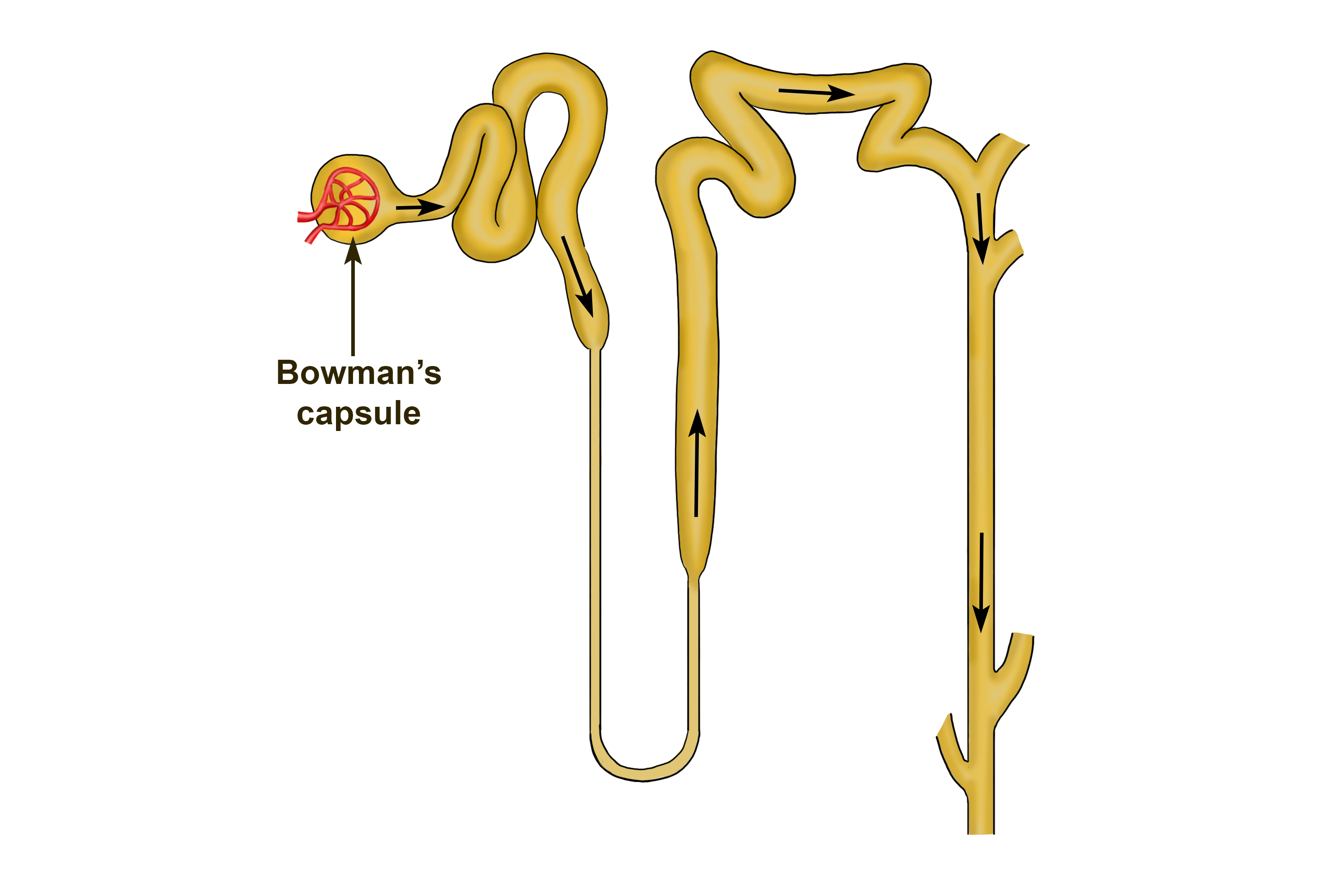
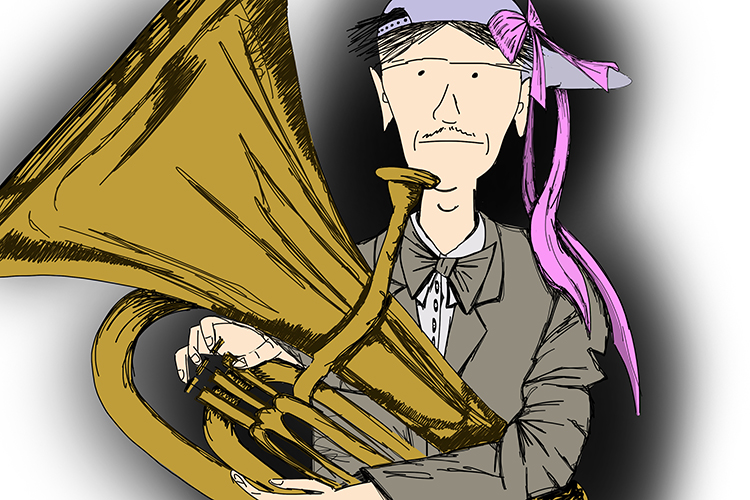
Imagine a tuba player with a big bow in his cap (Bowman’s capsule).
Proximal tubule
At various points along the tubule, glucose, water and salts needed by the body are selectively reabsorbed – taken back in – by the blood system via capillaries – very fine blood vessels. This process starts at the proximal tubule, a series of bends in the tubule.
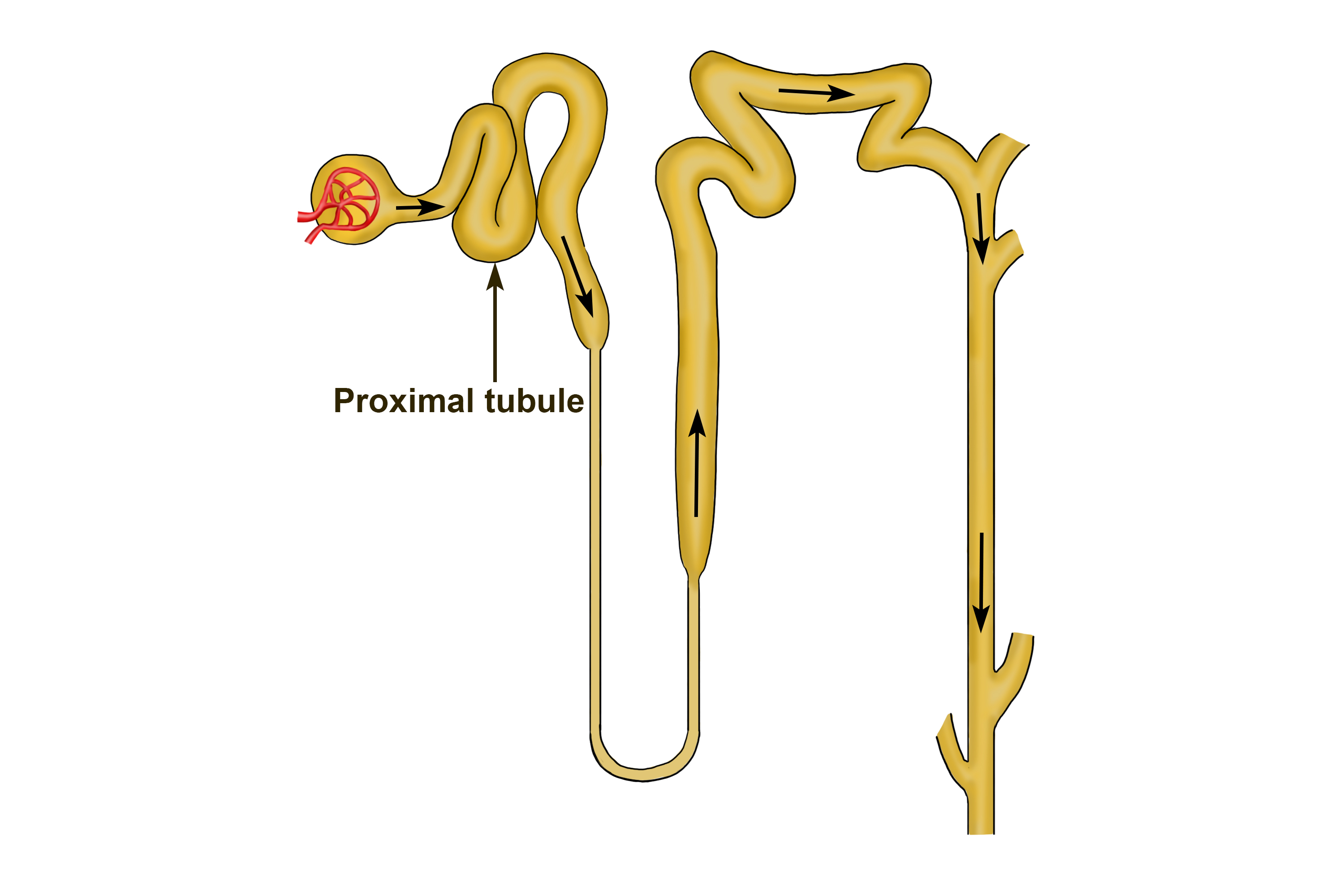
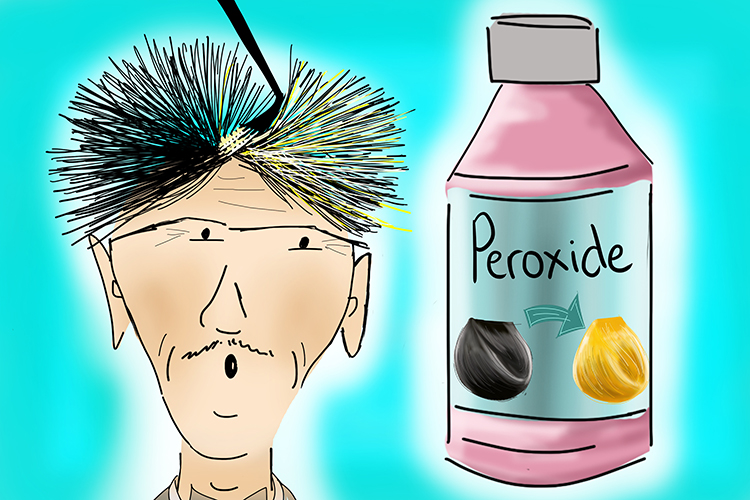
The tuba player takes off his cap so a hairdresser can apply cream from peroxide tubes (proximal tubule) to his hair.
Loop of Henle
More substances transfer back into the capillaries along the loop of Henle.
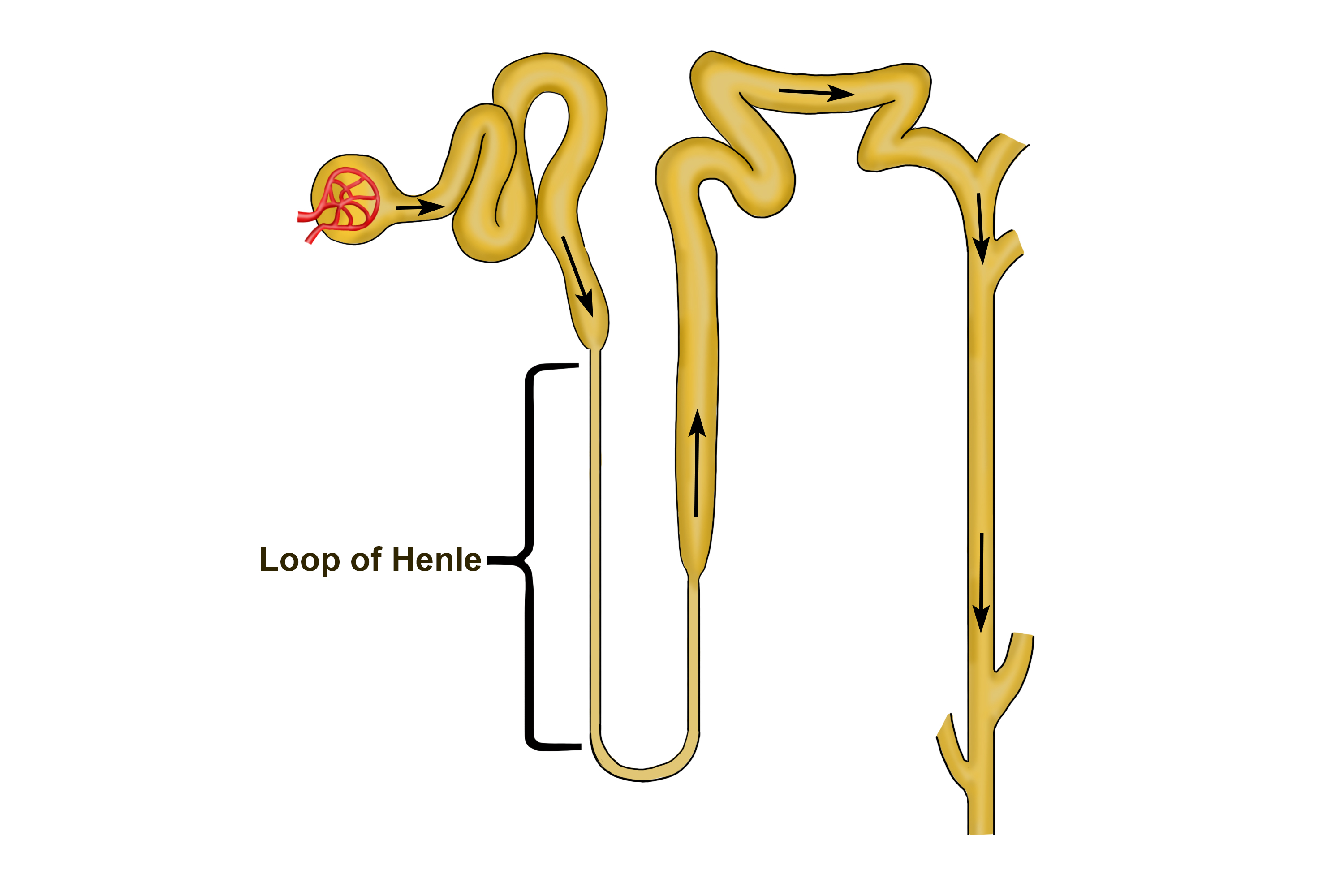
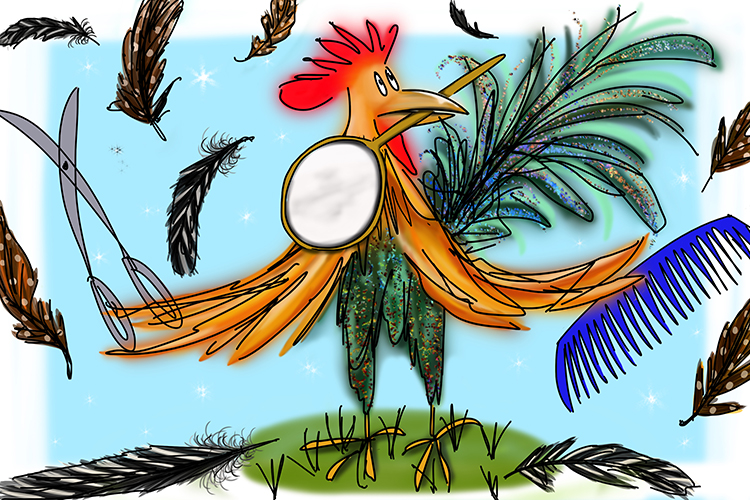
The hairdresser who dyed the tuba player’s hair is in fact a loopy hen (loop of Henle).
Distal tubule
Next along the tubule comes the distal tubule, another series of bends in the tube, where again substances needed by the body are reabsorbed into the blood vessels from the tubule.
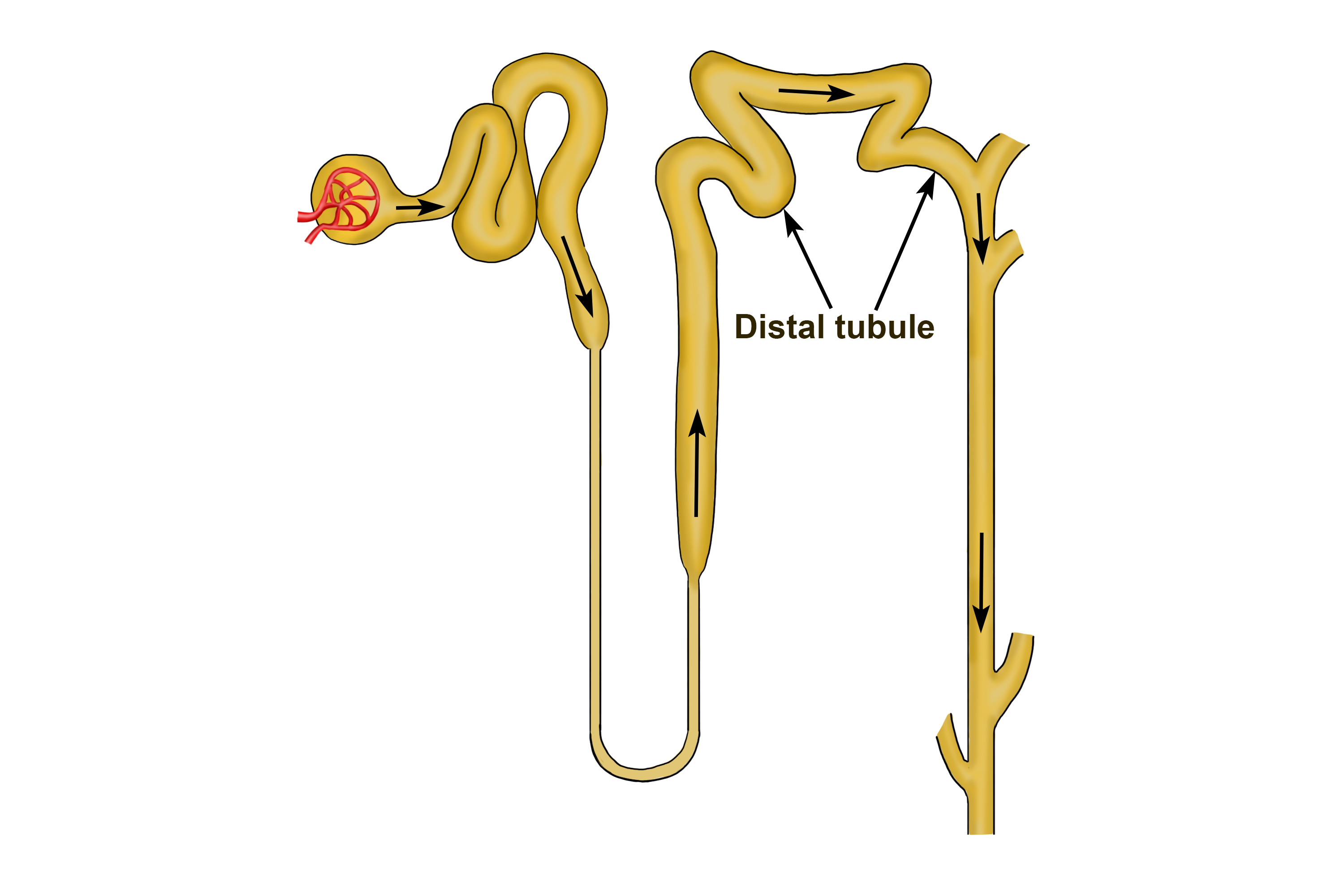
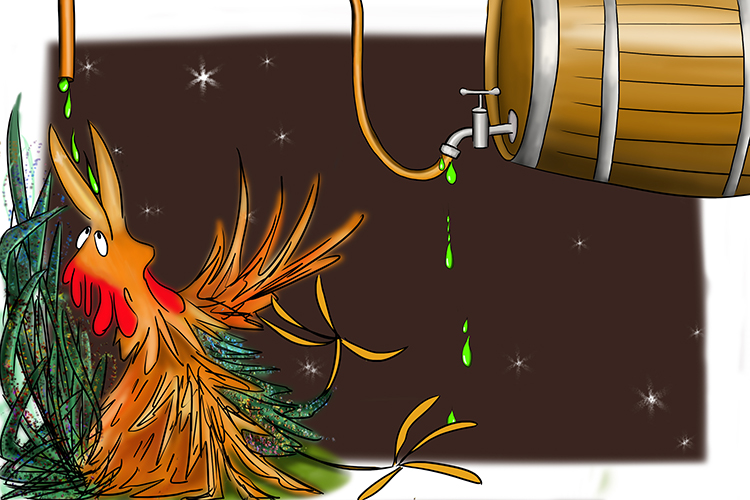
The reason the loopy hen is off her trolley is that she’s been distilling alcohol through a bendy tube (distal tubule) and sampling the results.
Collecting duct
The filtrate that now remains in the tubule, plus the materials secreted from the blood, is urine, which continues to the collecting duct.
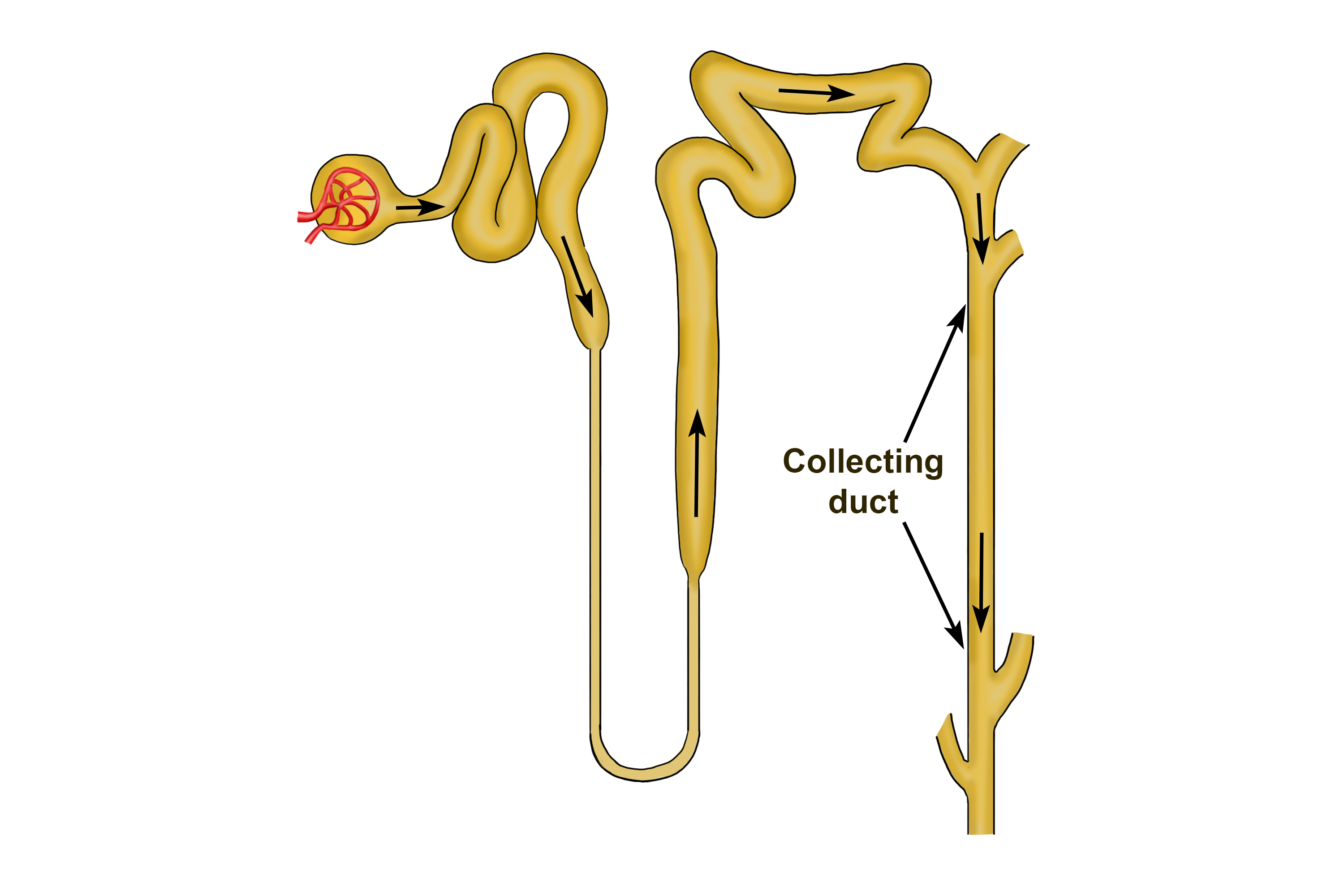
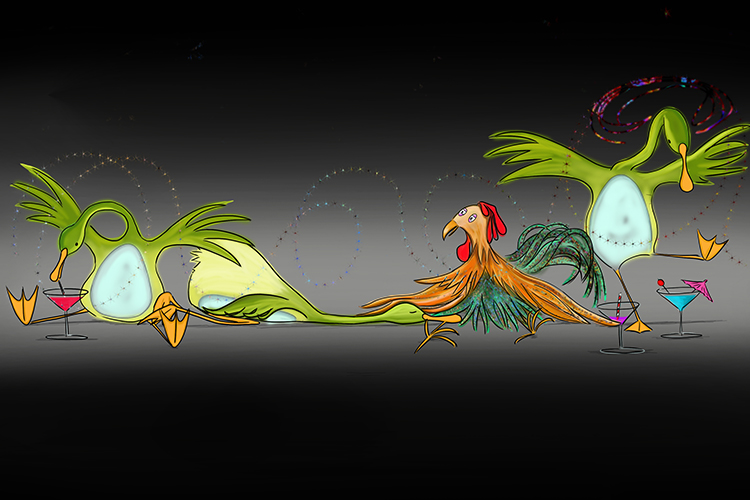
The loopy hen had been drinking all afternoon with her mates, a collection of ducks (collecting ducts).




